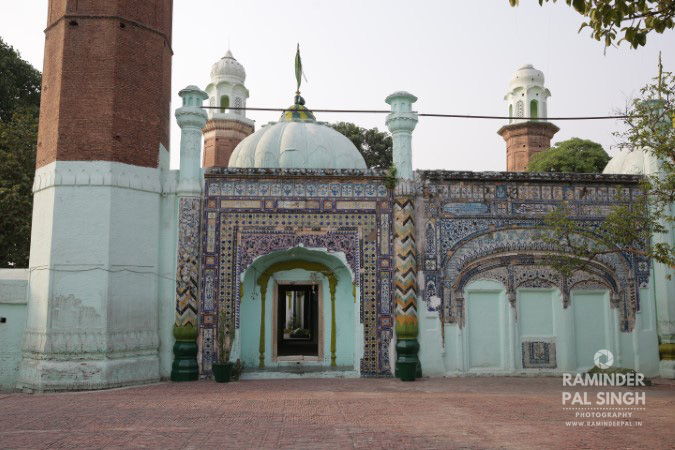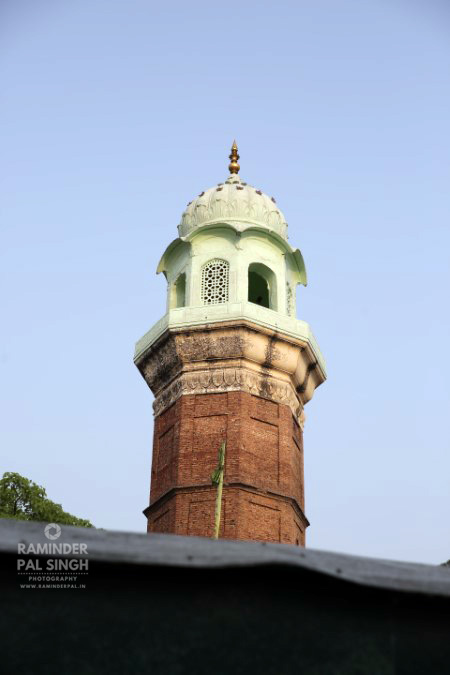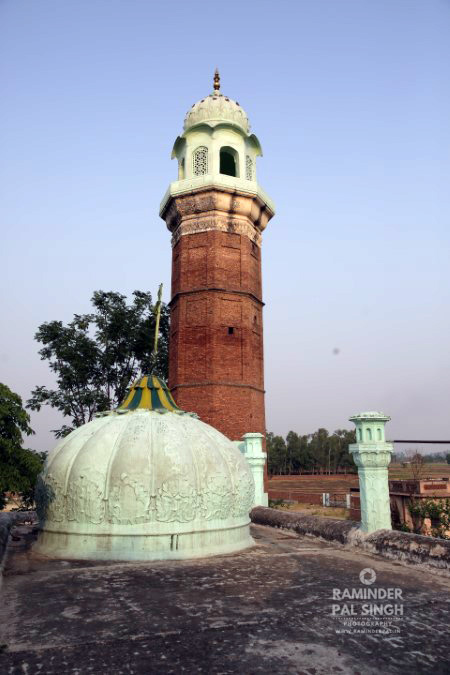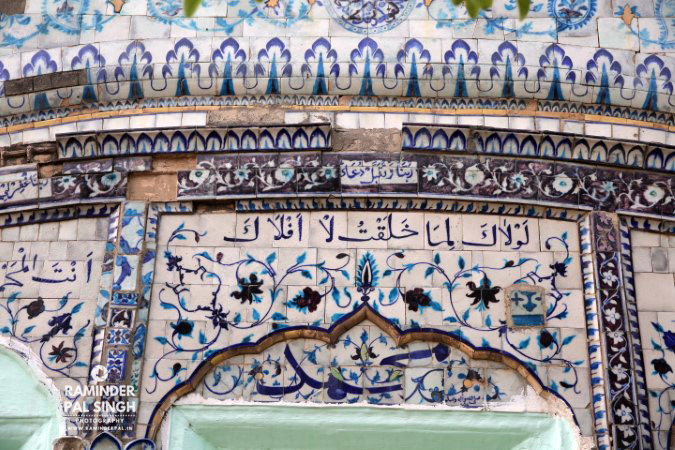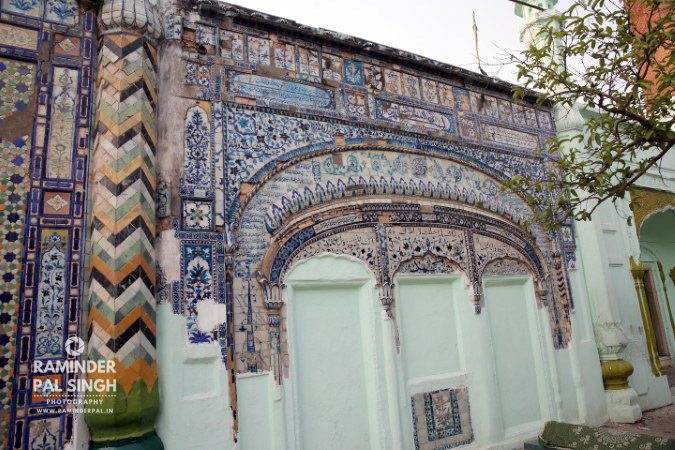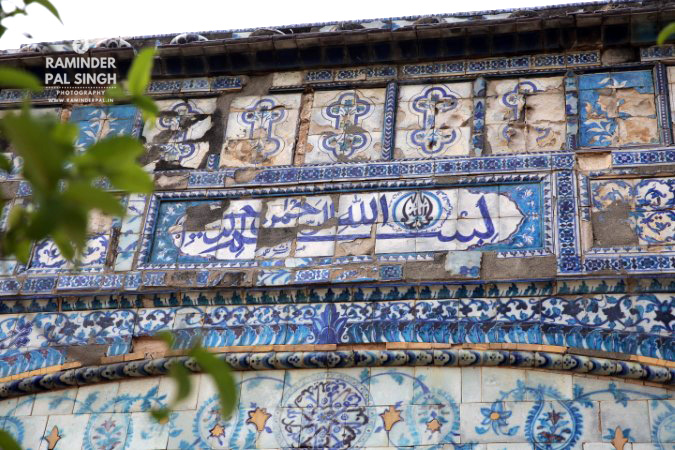Masanian Sharif or Dargah Masanian in a small and quiet village, some 7 km from the Indian city of Batala houses the graves of historical personalities revered by the people of India as well as Pakistan and from far flung Baghdad. Born in Baghdad, Iraq in 1457 A.D. Hazrat Syed Badaruddin Gilani Qadiri Baghdadi who is known as Hazrat Shah Badr Diwan in Lahore and in India as Hazrat Shah Badr Gilani. Baba/Hazrat Shah Badr Diwan was a descendant of Ghaus-ul-Azam Syed Abdul Qadir Gilani.
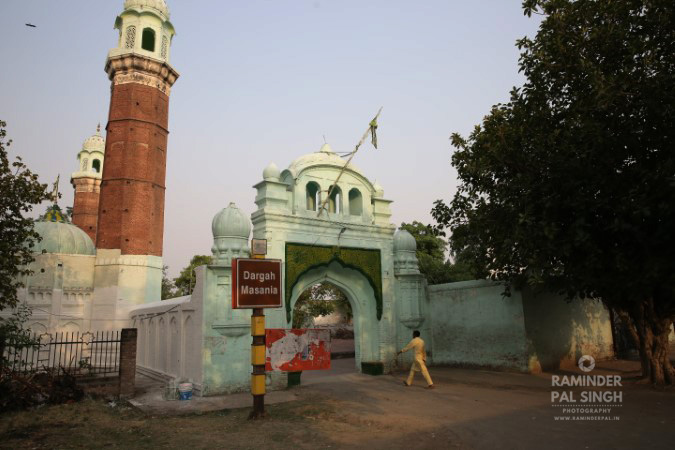
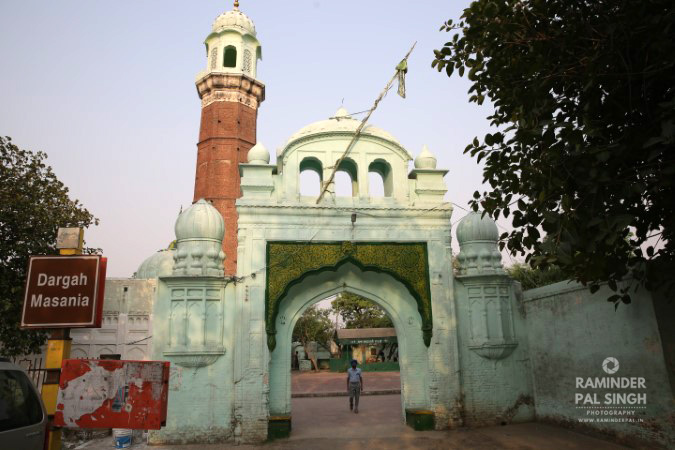
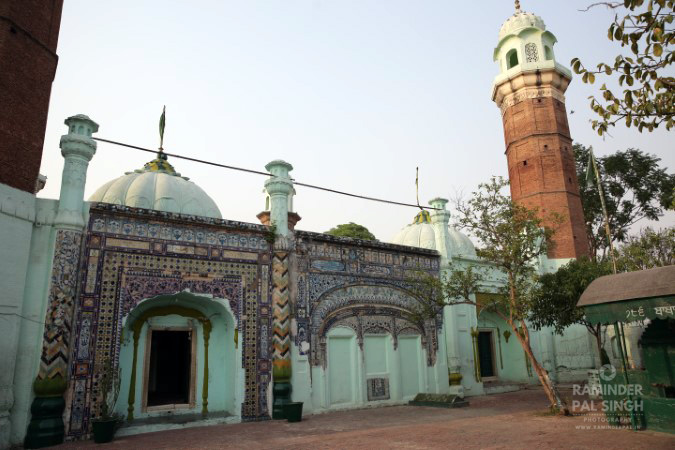
First view as you enter the premises of Dargah Masanian 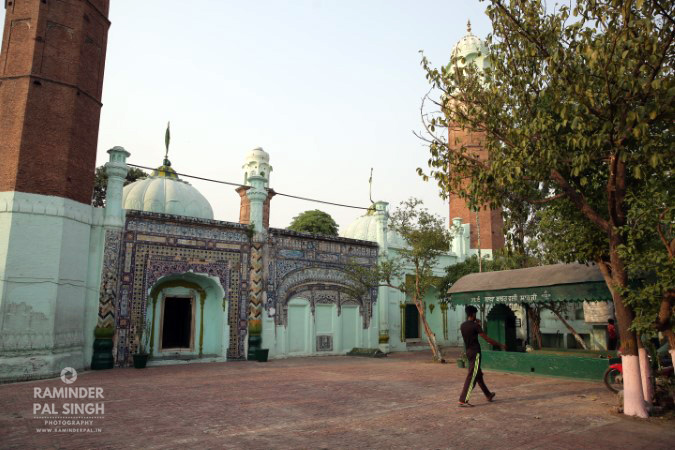
First view as you enter the premises of Dargah Masanian
Hazrat Shah Badr Gilani left his home in Baghdad in 1493 AD and arrived at Lahore where he spent some years preaching Islam. In 1498 AD, he migrated to a place near Batala in the Indian state of Punjab and founded the village of Masaaniyan or Masaanian which means ‘One who removes evil spirits’. He had four sons from his wife Bibi Murassa named, Mohammed Sadiq, Ali Shah Sabir, Habibullah and Abdul Latif besides one daughter named Fatima.
Hazrat Shah Badr Diwan had many Mureed or followers from Punjab and people sought his guidance on spiritual matters.
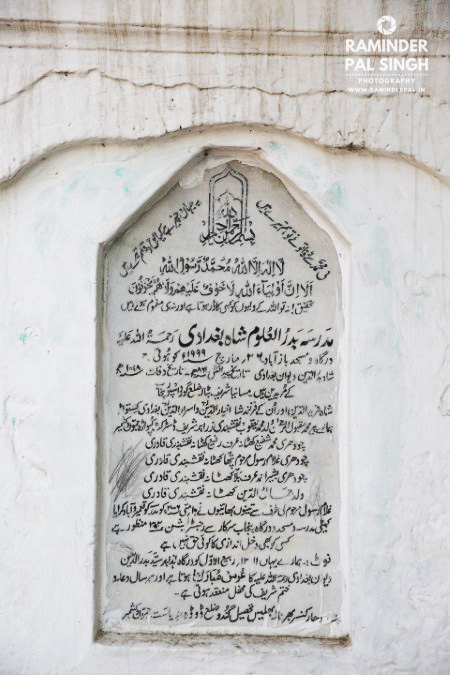
Plaque at the Madrassa inside the Masanian Sharif premises. 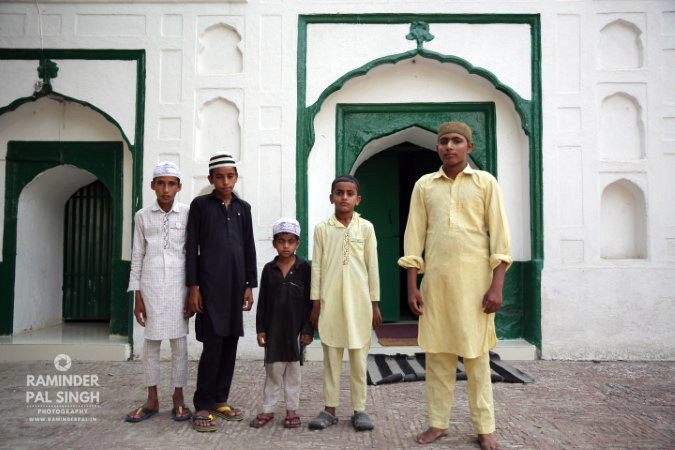
Youngsters in the premises of the Madrassa.
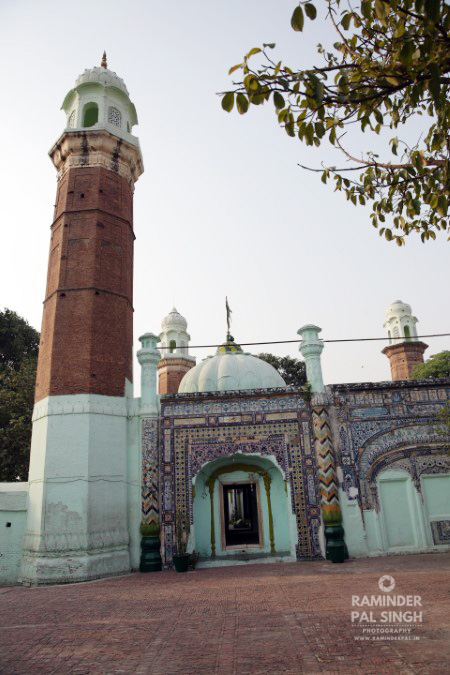
After his death in 1570 A.D. a Dargah/tomb was built on his burial place in the village Masaanian by his grandson Shah Abdul Shakoor Gilani Qadiri which to this date is known as Dargah Masanian. Tomb of his daughter Fatima is also located in Masanian; towards the North of his Dargah. Villagers who consider the place to be sacred are respectfully taking care of the historical Dargah Masanian shrine.

Before the partition of India in 1947 people from across Punjab used to visit his shrine but with India getting divided in two parts with the formation of a new country Pakistan, Punjab also got divided into two parts. The one part left in India came to be known as Charhda (which lies in the East) Punjab and the Pakistani part came to be known as Lehnda (which lies in the West) Punjab, by its citizens.
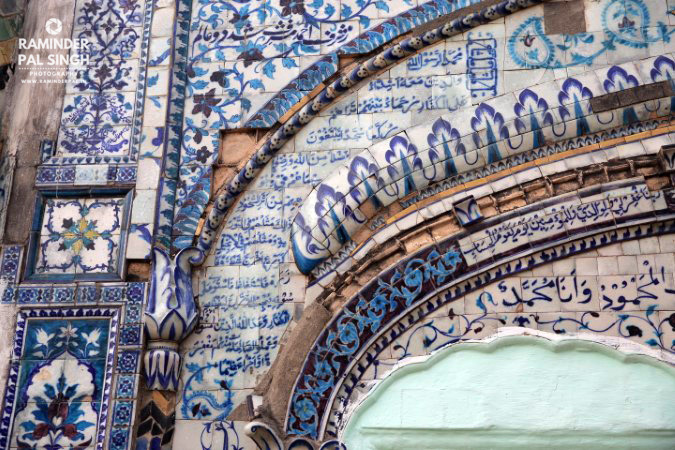
Verses from Quran with artwork on exterior wall. 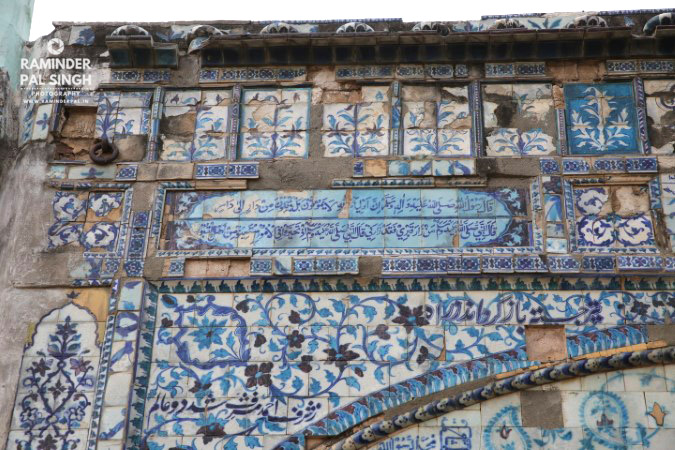
Verses from Quran with artwork on exterior wall. 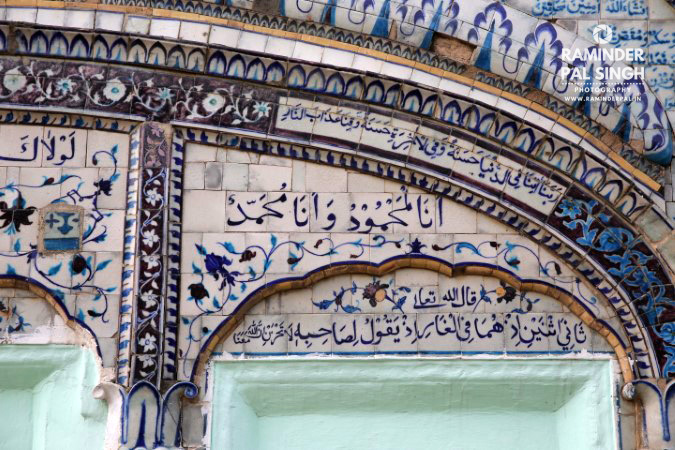
Verses from Quran with artwork on exterior wall. 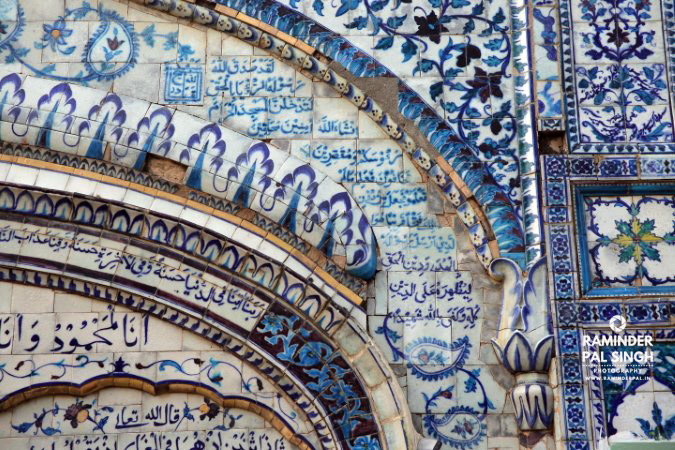
Verses from Quran with artwork on exterior wall. 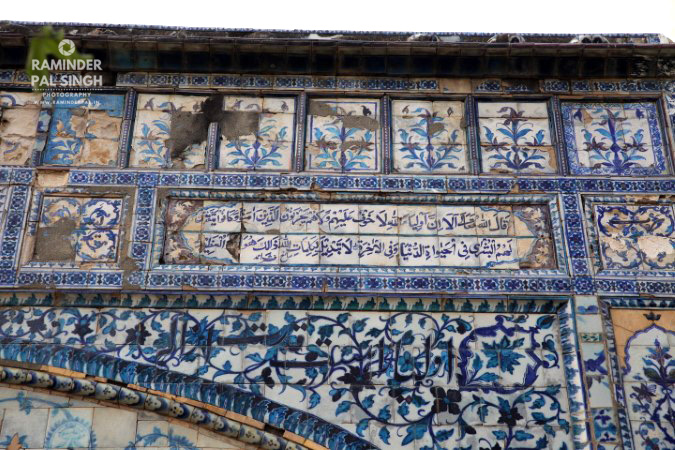
Verses from Quran with artwork on exterior wall.
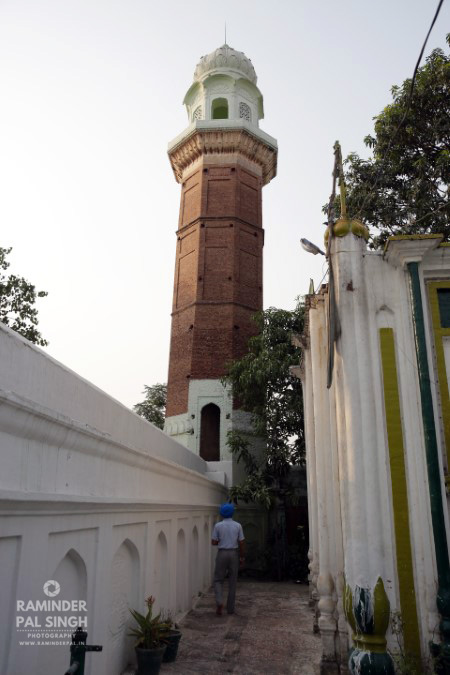
After the partition, Hazrat Shah Badr Diwan’s descendants, who were Gilani Sayyads, migrated to Pakistan with most of them settling in Lehnda Punjab.
An annual fair is held at the Dargah on 12th Rabi al-Awwal on the occasion of his URS and people from nearby areas visit the place to pay obeisance.
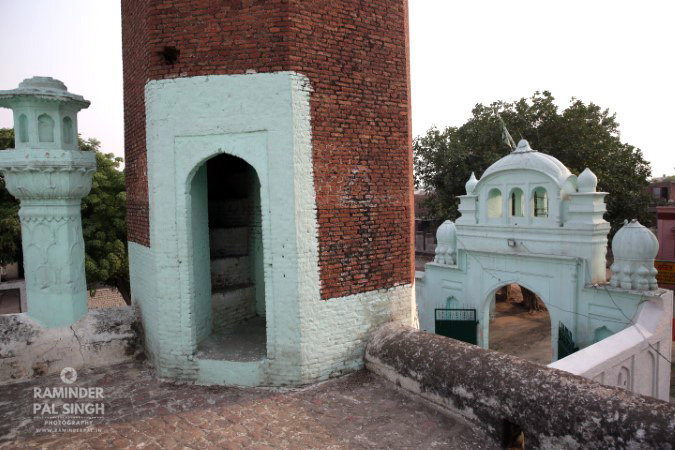
In Lahore he has a Chillah named Chillah Shah Badr Diwan, where he had spent forty days in meditation, situated behind the campus of University of Engineering and Technology (UET). The third Mughal emperor, Akbar built a Khangah (a place for spiritual retreat) on his Chillah.
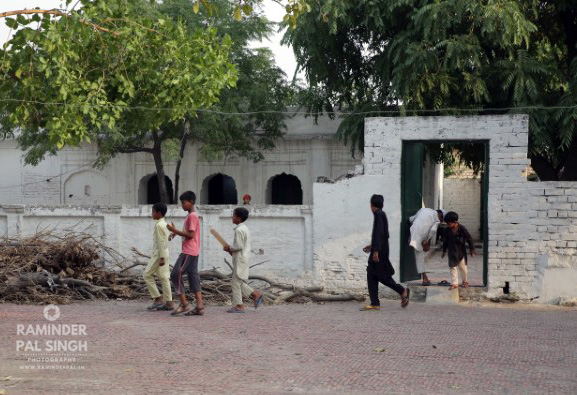
Children coming out of the Madrassa. 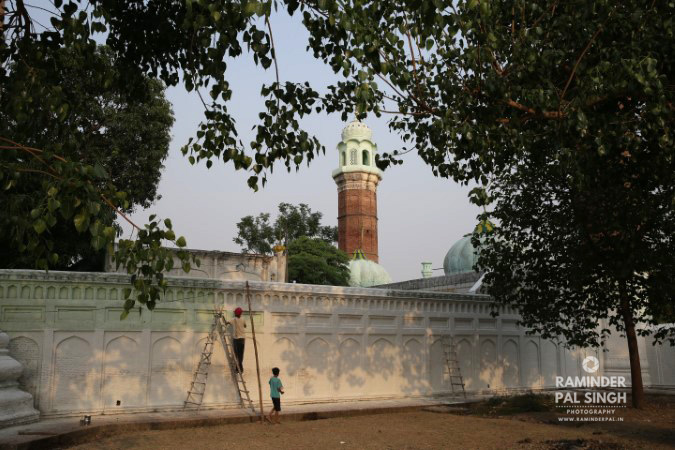
Whitewash being done on the exterior wall of Masanian Sharif Dargah.
Whenever I visit such places, I take a nostalgic trip down the memory lane, inhabited by my ancestors. My father is a partition survivor as well and my grandfather along with the entire family migrated to India from Montgomery in Pakistan (now known as Sahiwal).
One can visit the following link for my father’s version of how their family migrated to India in 1947 when they took the last train to India from Pakistan. https://youtu.be/l1uf89YOgg8
Visiting such places gives me a strange feeling as I feel myself moving back in time and imagining myself standing there a hundred years back. My mind tries to recreate the scenes when these walls would have presented a different look altogether and when there would have been so much greenery around with less people. I can hear the voices of people chatting around in those times and even the air fragrance seems so different in my imagination.
Ending this blog post with few more images with verses of holy Quran inscribed on the outer wall of Dargah Masanian.
E-mail: raminderpal@gmail.com
Website: www.raminderpal.in


